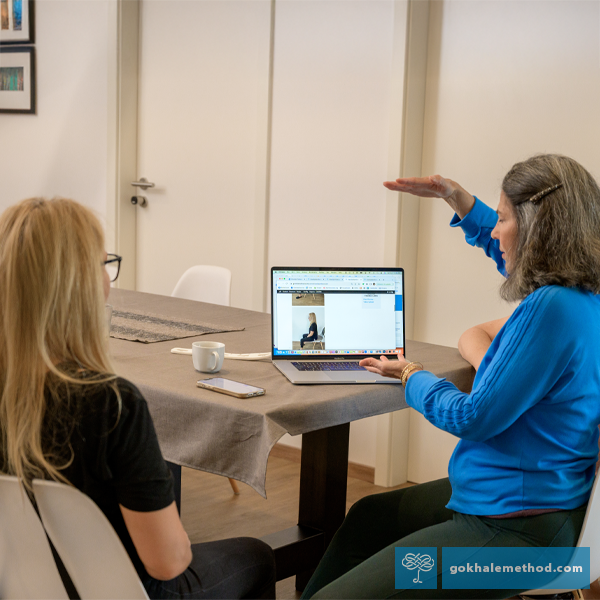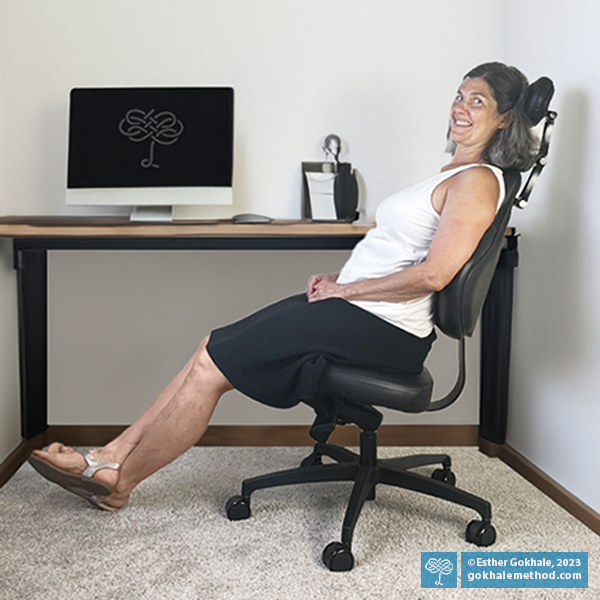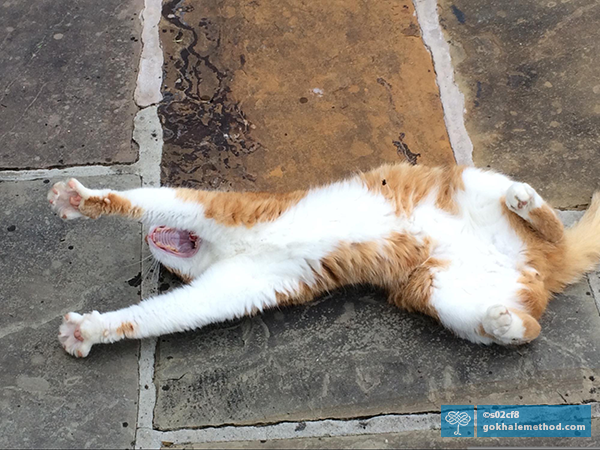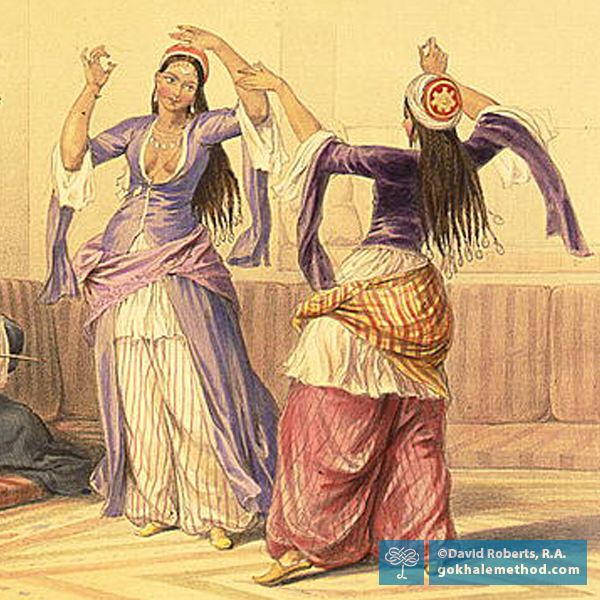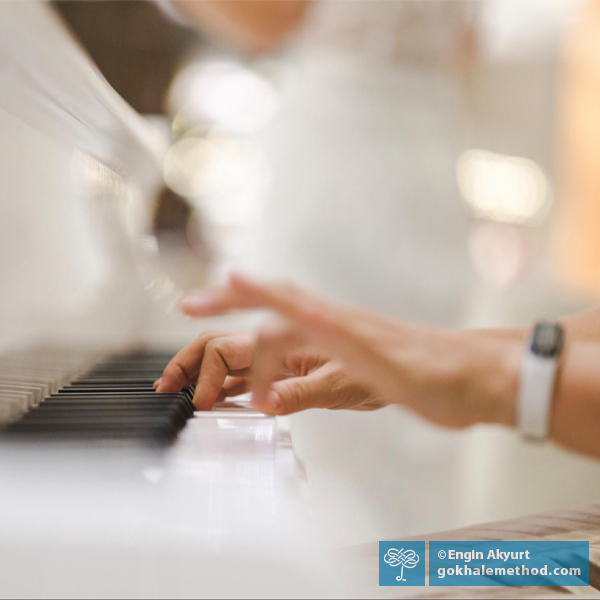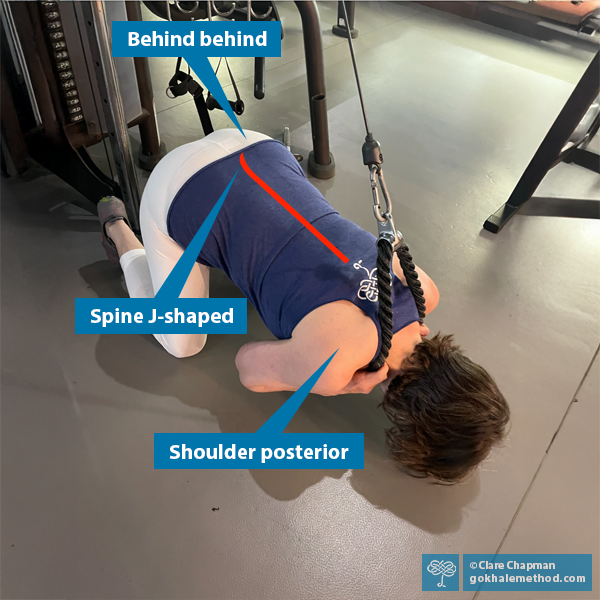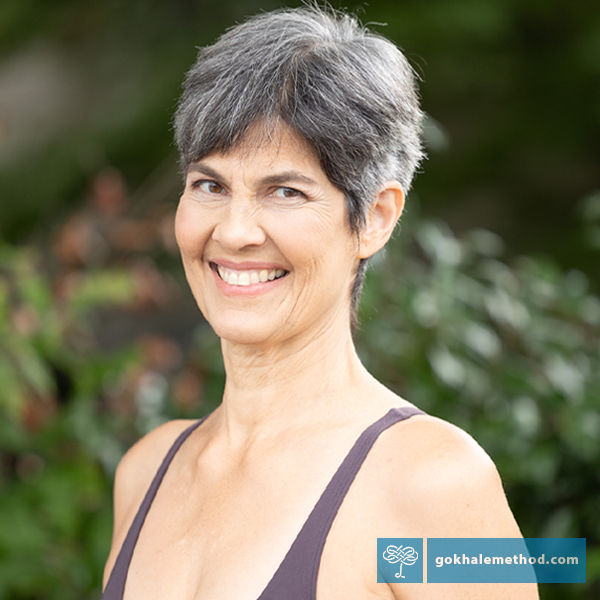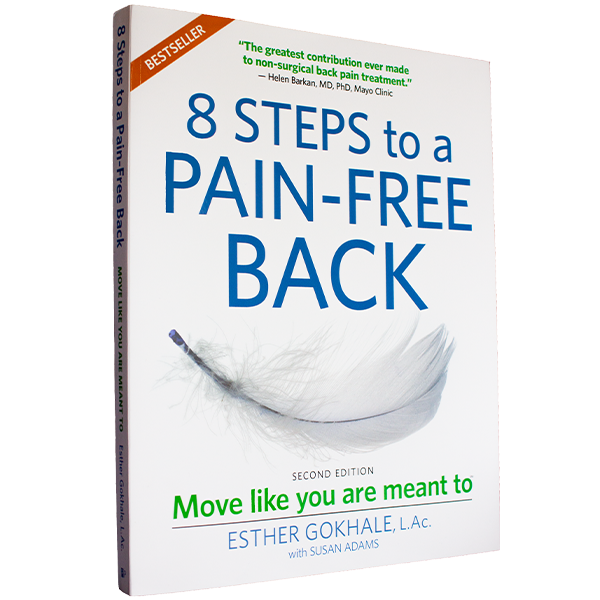Have you been told your back pain is just part of aging? That you’ll need to “manage” it forever with treatments, medications, or simply pushing through?
What if someone could look at YOUR body—your unique history, habits, and posture patterns—and show you exactly what’s happening and how to change it?
This is the power of a Gokhale Consultation: a personalized roadmap to reclaiming the pain-free movement you deserve.
Get Updates on the Latest Blog Posts
There’s no doubt that dysfunction abounds when it comes to sitting. Most of us spend many hours on poorly designed chairs, in poor posture. As many people know all too well, poor sitting habits can definitely set you up for chronic back pain and tension.
The good news? With just a little time and awareness, we can learn to sit well. There is real beauty and functionality in sitting done skilfully! When you do, sitting becomes not only comfortable, but also healthful and therapeutic.
If you have been in a field for several decades, you end up taking a long view of trends and guidelines. You see how fashions change. Some things go, some things come back around, and new ideas are the best thing until the next new idea. This cycle of innovation and rediscovery is a hallmark of our society.
This summer, Gokhale Method® teacher Donna Alden stepped in for Lang Lui and brought a unique and enriching twist to our daily 1-2-3 Move program. Drawing on her expertise in traditional Middle Eastern dance, Donna treated us to a beautiful blend of cultural movement and posture wisdom. It’s no coincidence that many traditional dance forms are rooted in healthy, natural posture—and Middle Eastern dance is no exception.
The Gokhale Method® has given me my life back from daily pain. I had two head injuries as a child and started having headaches in third grade. They turned into full migraines in my twenties that got progressively worse until I was in pain daily and in a constant cycle of migraines by my forties. The pain was intense, traveling from my neck to the inside of my shoulder blade and from my temple into my eye.
People often come to the Gokhale Method® when they suddenly can’t enjoy what they love to do. Their days playing golf, sailing, dancing, hiking, or simply playing with their children or grandchildren, are threatened. Life becomes an obstacle course of injuries, pain, and rehab. Their body is no longer a comfortable home where they feel good and self-confident.
Every testimonial for the Gokhale Method® represents somebody’s journey out of pain, often after many years of misery, fear, and unsuccessful efforts. All of these people have done the hard miles of being in pain, and then been surprised at the simple pathway to being pain-free that is the Gokhale Method®.
Whether you have just discovered the Gokhale Method®, or know my book 8 Steps to a Pain-Free Back from front to back, I'm thrilled to share with you what’s new in the upcoming second edition, and why it’s an exciting step forward in our mission to end back pain.
If you are suffering from back pain, the most likely reason for it is hiding in plain sight. Like most people, including your medical and complementary health professionals (!), you are just not trained to see it. The root cause of most musculoskeletal problems, whether it be lower back pain, a frozen shoulder, neck pain, plantar fasciitis, or a knee issue, can usually be detected in your posture and your resulting movement patterns.

